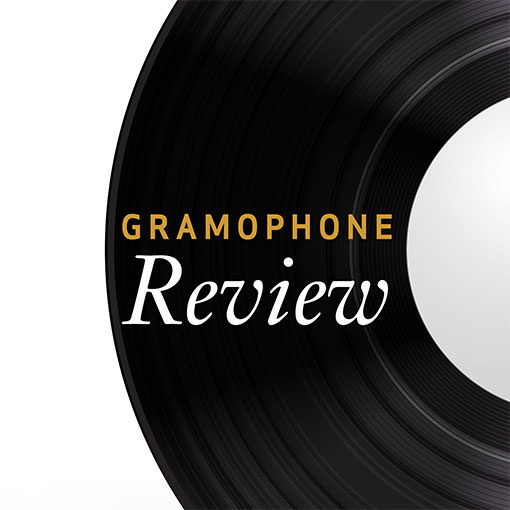Carver Missa Dum sacrum mysterium, etc
View record and artist detailsRecord and Artist Details
Composer or Director: Anonymous, Robert Carver
Label: Collins Classics
Magazine Review Date: 7/1997
Media Format: CD or Download
Media Runtime: 68
Mastering:
DDD
Catalogue Number: 1478-2

Tracks:
| Composition | Artist Credit |
|---|---|
| Missa Dum sacrum mysterium |
Robert Carver, Composer
(The) Sixteen Harry Christophers, Conductor Robert Carver, Composer |
| O bone Jesu |
Robert Carver, Composer
(The) Sixteen Harry Christophers, Conductor Robert Carver, Composer |
| Magnificat |
Anonymous, Composer
(The) Sixteen Anonymous, Composer Harry Christophers, Conductor |
Author: mberry
The music enjoyed by the royal houses of Scotland reached a peak around the year 1513. The Chapel Royal, reorganized by successive monarchs, had by this date a membership of 22 singers, rising to 32. Kenneth Elliott has shown that the young Robert Carver most probably composed his Mass, Dum sacrum mysterium, for the coronation of the infant King James V, which took place on the Feast of St Michael, September 29th, 1513, the twentieth day after the death of his father at Flodden Field. Such an occasion was a gift for a young composer, and called for exuberance and rejoicing.
The Sixteen give a magnificent performance, revelling in Carver’s boldly architectural design, but also delightfully articulating the lighter passages with groups of solo voices of varying tessitura. The dovetailing and balance are well judged, and St Jude’s Church, Hampstead offers a surprisingly clear acoustic: every detail is audible. The Mass is preceded by the Magnificat antiphon upon which it is based, and which would normally have been sung at First Vespers by the Canons. Carver’s 19-voice votive antiphon, O bone Jesu, is sung with passion. It is a liturgical curiosity, almost too embarrassingly a personal devotion to be suitable for public worship. As for the anonymous Magnificat, this is of interest to the musical historian, as it is an example of the use of a faburden tenor as a cantus firmus. So much of interest, such fine singing in a clean and clear acoustic: what more could one desire?'
The Sixteen give a magnificent performance, revelling in Carver’s boldly architectural design, but also delightfully articulating the lighter passages with groups of solo voices of varying tessitura. The dovetailing and balance are well judged, and St Jude’s Church, Hampstead offers a surprisingly clear acoustic: every detail is audible. The Mass is preceded by the Magnificat antiphon upon which it is based, and which would normally have been sung at First Vespers by the Canons. Carver’s 19-voice votive antiphon, O bone Jesu, is sung with passion. It is a liturgical curiosity, almost too embarrassingly a personal devotion to be suitable for public worship. As for the anonymous Magnificat, this is of interest to the musical historian, as it is an example of the use of a faburden tenor as a cantus firmus. So much of interest, such fine singing in a clean and clear acoustic: what more could one desire?'
Discover the world's largest classical music catalogue with Presto Music.

Gramophone Digital Club
- Digital Edition
- Digital Archive
- Reviews Database
- Full website access
From £8.75 / month
Subscribe
Gramophone Full Club
- Print Edition
- Digital Edition
- Digital Archive
- Reviews Database
- Full website access
From £11.00 / month
Subscribe
If you are a library, university or other organisation that would be interested in an institutional subscription to Gramophone please click here for further information.





